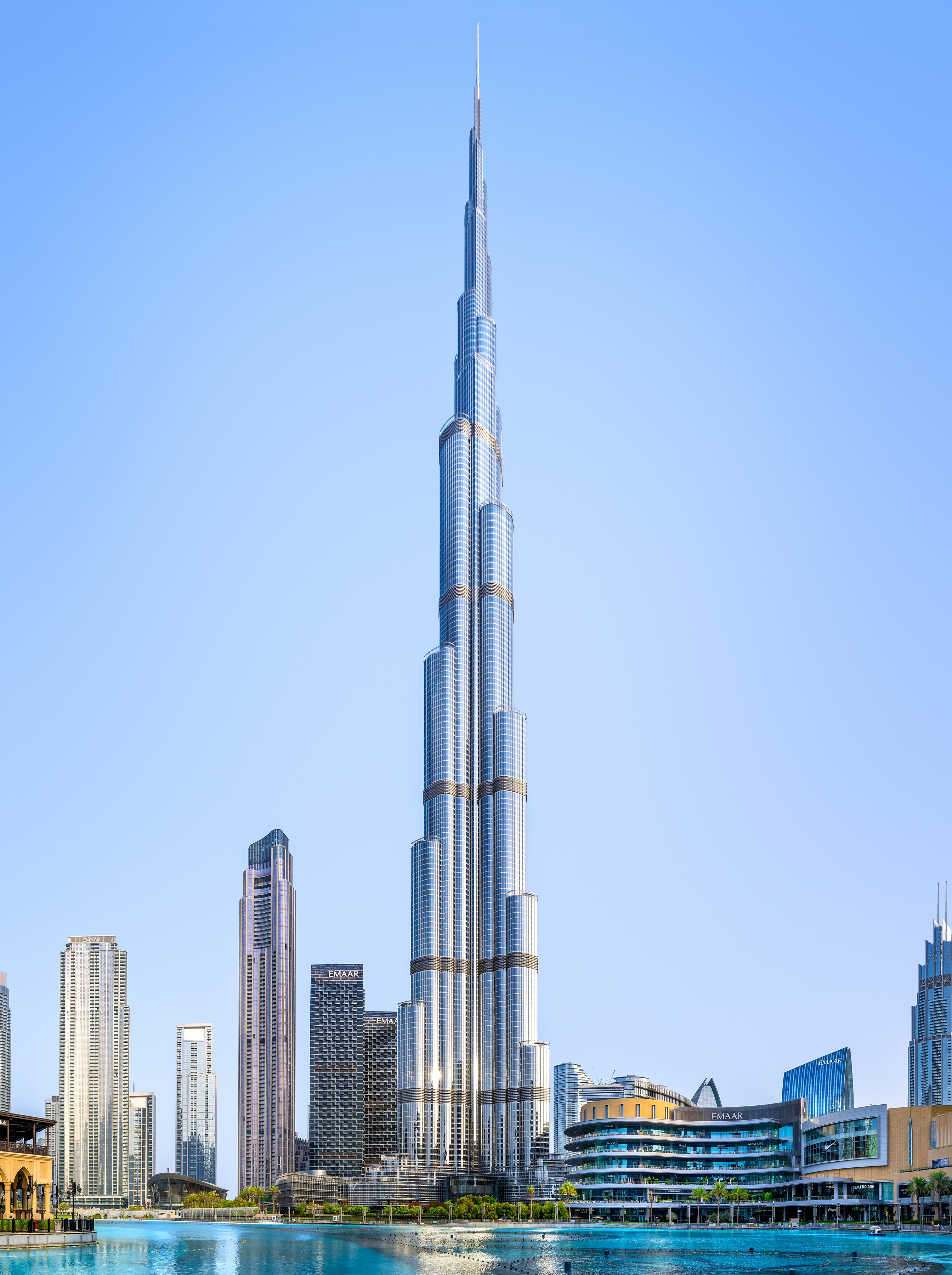

The building's construction began in 2004, with the exterior completed in 2009. It officially opened to the public on January 4, 2010.
Standing at 828 metres (2,717 feet), the Burj Khalifa is the tallest building in the world, surpassing previous record-holders by a significant margin.
The tower comprises residential apartments, corporate suites, the Armani Hotel, and observation decks, such as ‘At The Top’ on the 124th floor, making it a multifunctional skyscraper.
Originally named Burj Dubai, the skyscraper was renamed Burj Khalifa in honour of Sheikh Khalifa bin Zayed Al Nahyan, the late President of the UAE.
Designed by Adrian Smith, who was with Skidmore, Owings & Merrill (SOM) at the time, the Burj Khalifa draws inspiration from the hymenocallis flower, with a triple-lobed footprint that enhances its structural stability.
The tower's construction utilised approximately 330,000 cubic metres of concrete and 39,000 tonnes of steel reinforcement, an amount equivalent to the weight of around 100,000 elephants.
The Burj Khalifa boasts the world's longest travel distance elevators, covering 504 metres in a single journey, which travels at a speed of 60 km/h.
Beyond its height and the tallest service elevator, the Burj Khalifa also holds records for the highest number of stories (163) and the highest occupied floor.
Cleaning the building's 24,348 windows takes a team of 36 workers three to four months to complete.
The building's foundation extends 50 metres (164 feet) underground, anchored by 192 piles to ensure stability on Dubai's sandy soil.
Due to its height, the temperature at the top of the Burj Khalifa is approximately 6°C cooler than at its base, providing a unique microclimate.
During Ramadan, residents living above the 80th floor observe the evening fast-breaking (iftar) a few minutes later than those on the ground, as the sun sets later at higher elevations.
In April 2014, French jumpers Fred Fugen and Vince Reffet set a world record by performing the highest base jump from a building, leaping from a specially constructed platform at the very top of the Burj Khalifa.
The Burj Khalifa incorporates sustainable design elements, including a condensate collection system that gathers 15 million gallons of water annually for landscaping and cooling, an amount equivalent to nearly 20 Olympic-sized swimming pools.
The exterior of the tower features a lighting system with 1.2 million LEDs, creating spectacular light shows visible from miles away, which attract millions of viewers worldwide each year.
Credits: Project Coordinator: Anamika Chatterjee Text: Somya Mehta UI/UX: Nasweef